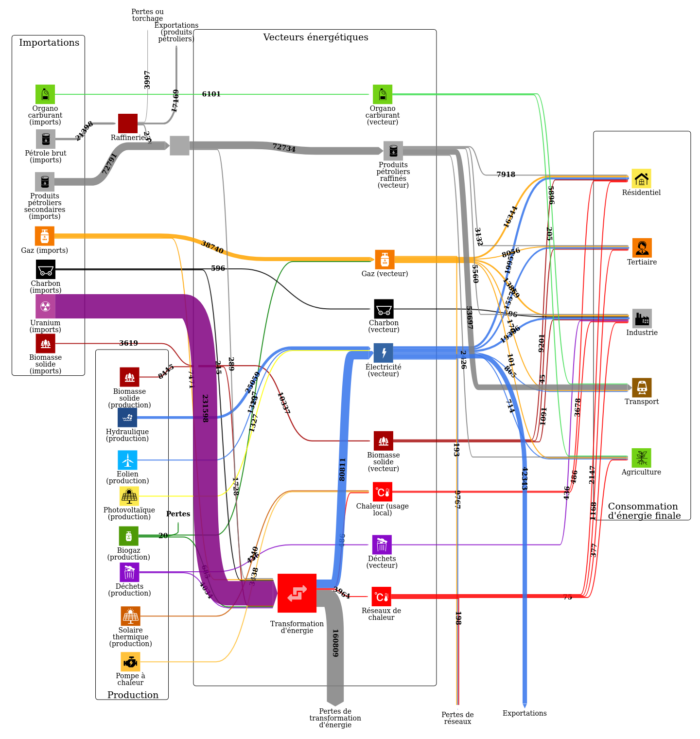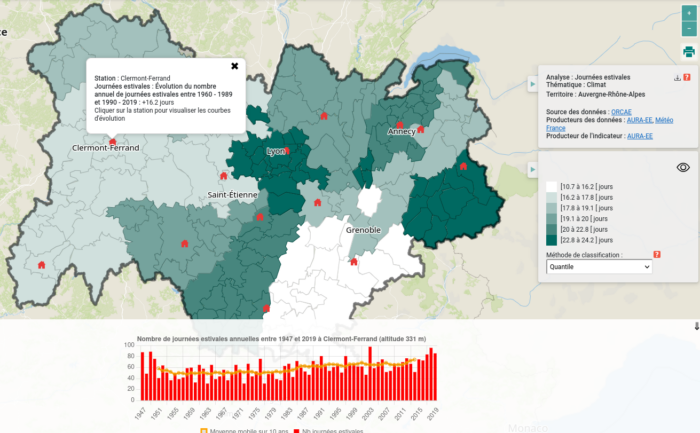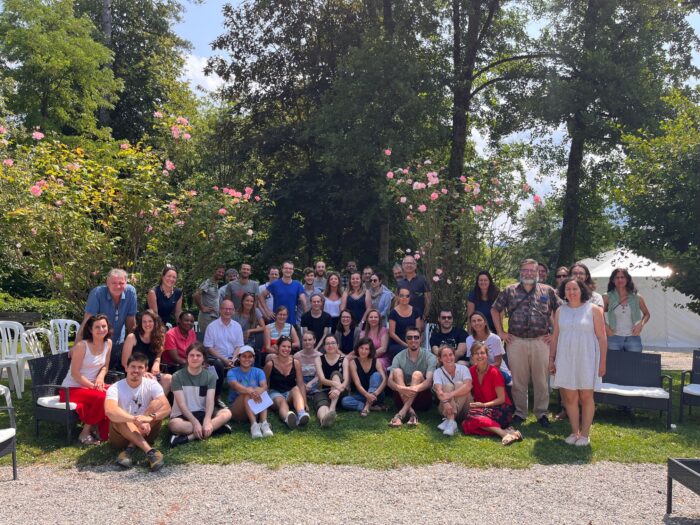Auvergne-Rhône-Alpes Énergie Environnement (AURA-EE) joined recently NEREUS as an Associate member. In the following interview, Matthieu Denoux, Head of Digital Services explains the role of the organisation and why it was important to join NEREUS.
- Could you provide me with a short description of your organisation and how does it fit into your region’s perspectives and ecosystem?
Auvergne-Rhône-Alpes Énergie Environnement (AURA-EE) is among the largest French regional agencies, active and well recognized on the European scene for over 40 years. It is a close partner of both the Auvergne-Rhône-Alpes regional authority and the ecological transition national agency ADEME. It helps them define and implement local transition strategies and solutions. It also provides a regional resource center serving territories in transition with information, webinars, newsletters on various topics related to environnement and energy. AURA-EE organizes a forum for exchange and co-construction of projects with public and private players, but also between public actors of different administrative layers.
- What are the key activities of Auvergne-Rhône-Alpes Energy Environment Agency ?
AURA-EE has three main missions :
1. Around data, by providing data, analyses and scenarios
Our objective is to help territorial players and provide them with a broad, forwardlooking vision of their challenges around energy and environmental issues
2. To provide technical, financial and regulatory expertise
Our objective is to help make Auvergne-Rhône-Alpes a Europe’s leading sustainable region, at the forefront of experimentation and energy and environmental innovation.
3. To stimulate, build and support innovative projects and emerging sectors
Our objective is to support territories in defining and implementing structuring projects and transition strategies for sustainable development.

- What are the environmental challenges at regional level? What do you offer in terms of solutions/training?
The last few years will go down in history as a wake-up call to the potential hazards of our energy supply. Even if the risks have largely been contained, prices have put sobriety back at the center of the game, sometimes with dramatic consequences for certain economic activities that had to come to a halt, at least temporarily. Nothing can be taken for granted anymore in the energy sector. In the field of renewable energies, the agency is committed to disseminating new business models, for methanization, for example, and making more complex contractual arrangements accessible for solar energy, to help change its scale.
- Sustainable development in transport, climate change mitigation is quite crucial. How the use of space can support sustainable practices?
At AURA-EE, we think space data can help us follow detailed dynamics around air pollution. The key issue here is to have information up to date and exhaustive data on a topic. Space data can hopefully also provide results regarding natural resources, land-use, but also climate risks.
- How can space data support your activities in terms of regional development and job growth?
One of our key mission is to help all territories of the region prepare its transition and work on energy, climate, air pollution, etc. To do so, we think space data might provide more relevant analyses regarding renewable energies potentials, help promote regional resources, gather new elements on natural risks (land slides, forests fires…) and help study and monitor imperviousness. It is hard nowadays to have data that are easy to use, precise, relevant, recent, especially when you are looking at smaller municipalities or more isolated territories.

- Why did you decide to join NEREUS, what are your expectations, and what is the added value of the Network?
As highlighted above, we put much hope in spatial data application. Satellite imagery analysis can provide us many services but we don’t have fully grasped the technology and the ins and outs of it yet. We need to experiment and learn and grow on this topic. The added value of NEREUS group is helping us follow the trends, learn ways to use those data, participate in projects and be connected to what happens around satellites image in similar context than ours.
- Having already 4 French regions joining NEREUS (Brittany, Occitanie, French Guiana, and Nouvelle Aquitaine), what do you value with respect to interregional collaboration? What is your experience?
We already work with other regions in TerriSTORY consortium and it does matter to discuss with other regions, with other political situations, with other actors, with other important private sectors. It does matter as well in order to promote regional specificities at both the national and the European level. We have also been very active in interregional projects through the FEDARENE network. Some of our recents projects involved interregional collaboration:
STEPPING+ with Occitanie region
CERVINO with other alpine regions throughout Europe EUSALP
BAOBAP : Integration of regional pairs mid-project to transfer the skills acquired during the first phase.


